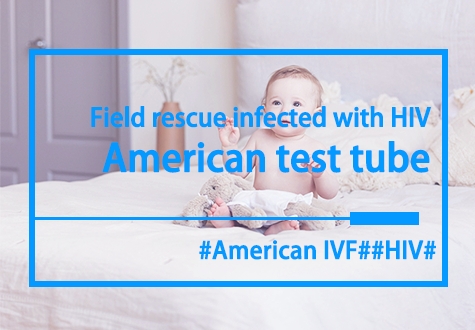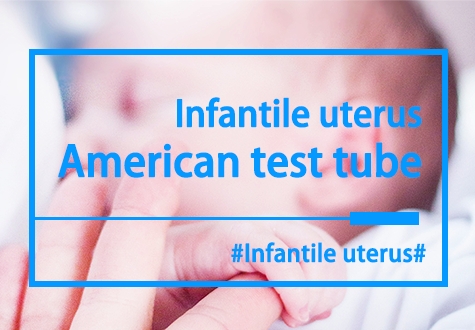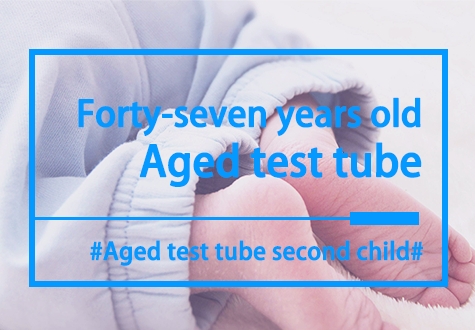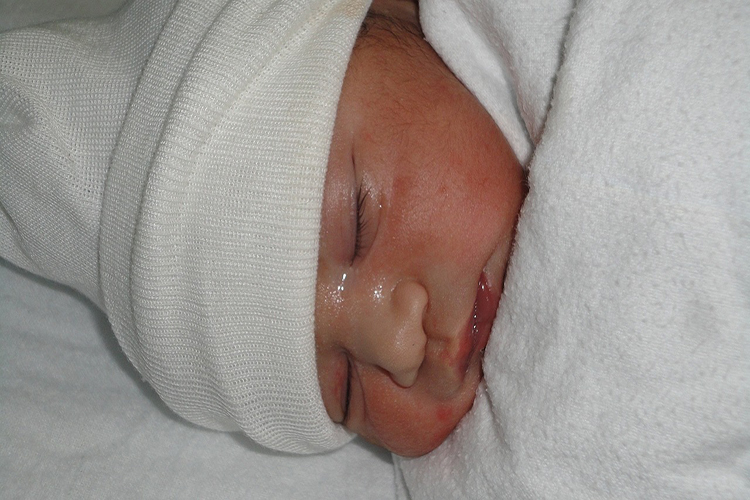Medical insurance coverage of assisted reproductive technology
Recently, many provinces in China and the Xinjiang Production and Construction Corps have incorporated assisted reproductive technology into the medical insurance system, bringing hope for many families to have new lives. Following Beijing, Guangxi, Gansu and Inner Mongolia, Xinjiang and the Xinjiang Production and Construction Corps, Shandong, Shanghai, Zhejiang, Jiangxi and Qinghai provinces have also implemented the policy, aiming to reduce the financial burden of families through medical insurance and help them realize their desire to have children.

The policy review of these areas shows that the government has provided real "medical insurance dividends" to patients through measures such as setting government guidance prices and standardizing reimbursement ratios. Various places have also formulated a clear schedule for the implementation of the policy, such as the New Xinjiang and Xinjiang Production and Construction Corps on March 1, Shandong on April 1, and Qinghai, Shanghai, Jiangxi and Zhejiang all implemented the assisted reproductive technology medical insurance policy on June 1.
In the new batch of regions implementing assisted reproductive medical insurance, the government has standardized the assisted reproductive medical service items, integrated different medical service items such as egg retrieval, embryo culture, and embryo transfer, and changed the price from market-regulated to government-guided price. This change has led to a general reduction in local fees, and different regions have formulated different guide prices according to the actual situation.
For example, Qinghai, Shandong, Xinjiang and other places have implemented fixed guidance prices, while Shanghai has adopted a price cap model to encourage medical institutions to strengthen management and control costs. In Shanghai, the price of egg retrieval at designated medical institutions is limited to 2,500 yuan.
Medical insurance reimbursement policies for assisted reproductive technology are of great help to patients facing financial pressures. A complete assisted reproductive cycle, including early examination, ovulation promotion, egg retrieval, transfer, embryo freezing, etc., costs about 30,000 yuan, and three generations of test-tube babies need to pay an additional cost of about 5,000 yuan for embryo testing.
According to the actual situation and the fund's capacity, local governments have formulated corresponding reimbursement policies, and the basic reimbursement ratio has exceeded 50%. For example, since the implementation of the assisted reproductive health insurance policy in Beijing in July 2023, 32,000 people have received treatment, with a total cost of 280 million yuan, of which 190 million yuan was paid by the medical insurance fund; In Guangxi, before April 30, 2024, the expenditure of the medical insurance fund was 147 million yuan, and the average reimbursement ratio was 57.93%.
Xue Qing, director of the Reproductive Medicine center, said that after assisted reproductive technology was included in the medical insurance, the number of egg retrieval cycles in the hospital increased by about 50 percent compared with before, which shows that the medical insurance policy has significantly reduced the financial burden of patients.
Before the implementation of the local policy, the National Medical Insurance Bureau had taken several measures to provide support for people with childbearing needs. This includes the annual adjustment of the national drug list, and the inclusion of qualified fertility support drugs in the coverage of medical insurance. In July 2022, the National Medical Insurance Administration jointly issued documents with other departments, proposing to gradually include appropriate labor pain relief and assisted reproductive technology projects into the scope of fund payments. In June 2023, the National Medical Insurance Bureau issued the Guide for the Establishment of Assisted Reproductive Medical Service Price Project (Trial), which further standardized the price of assisted reproductive medical service projects.
The relevant person in charge of the National Medical Insurance Bureau said that in the future, a national unified assisted reproductive health insurance catalogue will be developed to provide medical insurance payment references for all regions, and more provinces will be encouraged to incorporate assisted reproductive technology into the medical insurance system according to the actual situation.
The implementation of the medical insurance policy of assisted reproductive technology has not only reduced the economic burden of patients, but also increased the fertility rate and brought hope to families. With the continuous improvement and promotion of the policy, we look forward to seeing more families benefit from it and realize their dreams.














